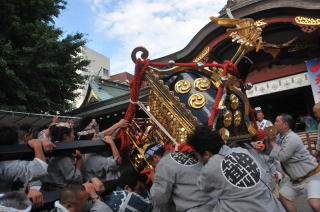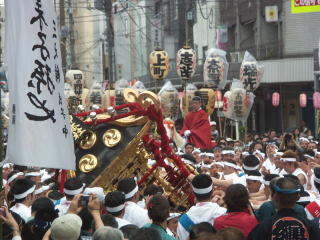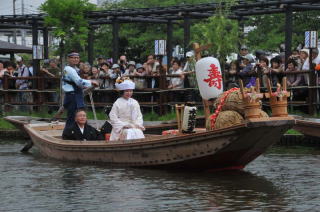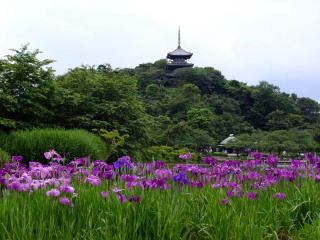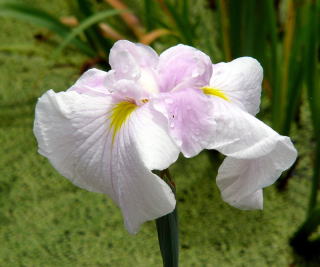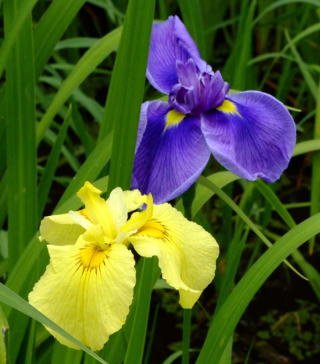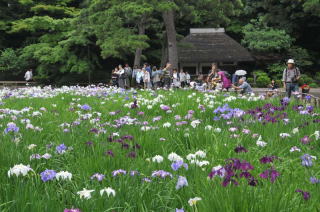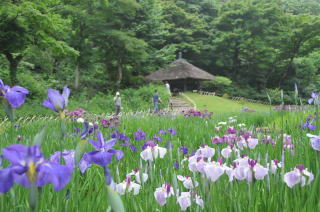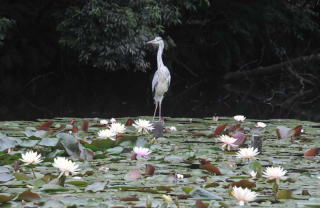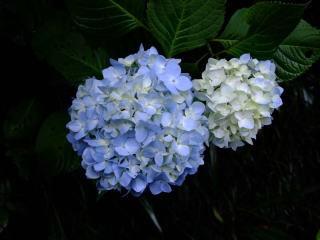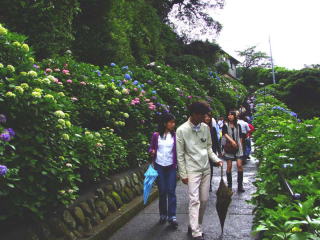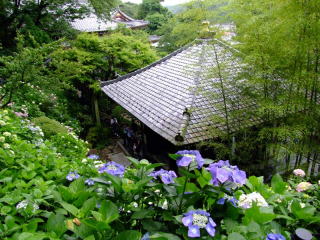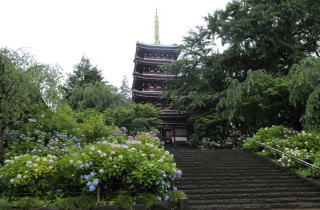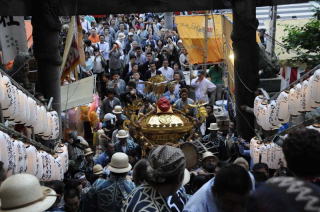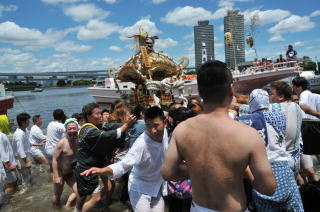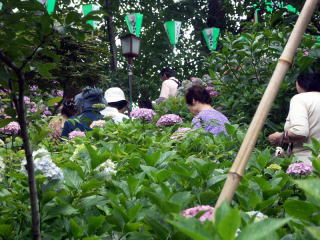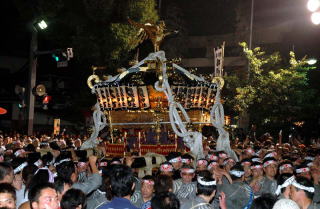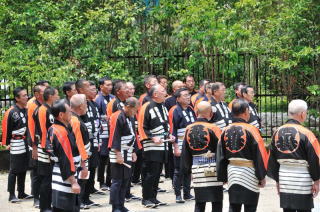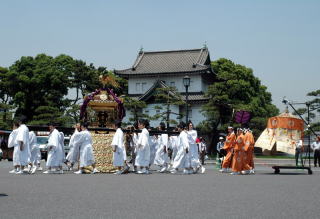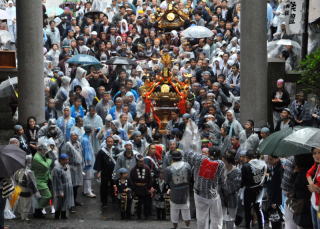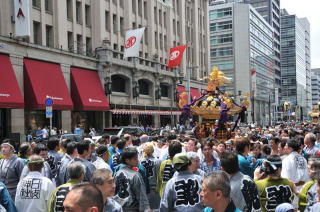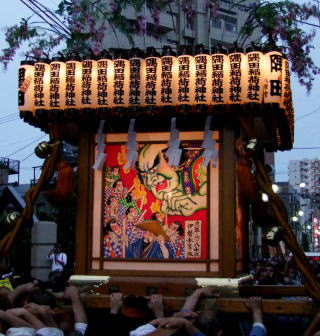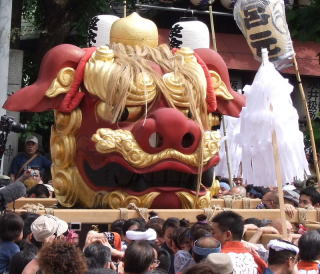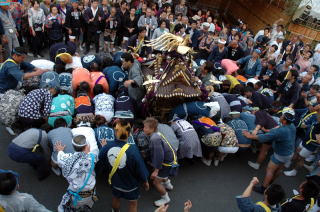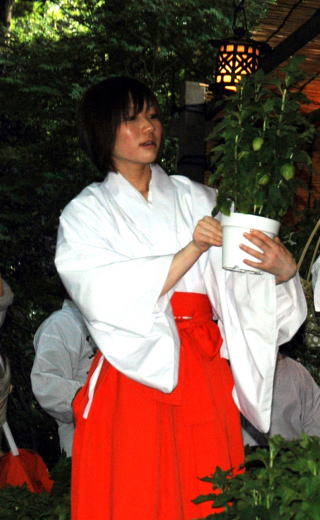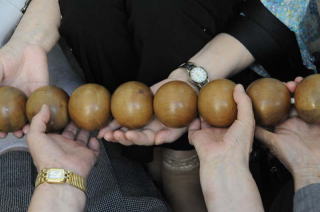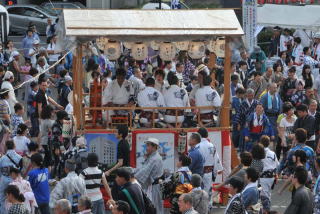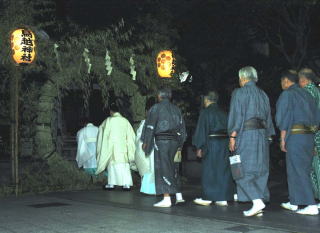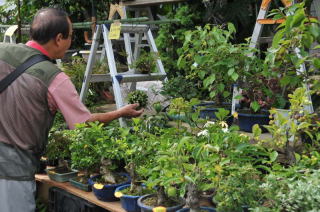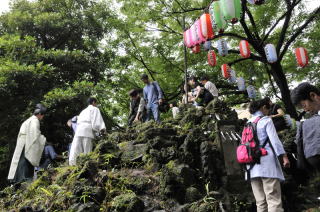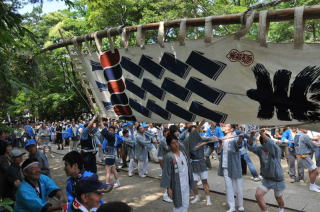| Tenno-sai of Ebara Shrine June 7 and 8 in 2025 Ebara Jinja Shrine, Shinagawa-ku. Ebara Shrine is located on the route of the old Tokaido (Highway) connecting Edo (Tokyo) and Kyoto. The Emperor Meiji visited the shrine on his way to from Kyoto to Tokyo just before to take up his residence in Tokyo. There will be a grand parade of more than ten town mikoshis gathering at the shrine from 9 a.m. on both days, Saturday and Sunday. Unique about the mikoshi of Ebara Shrine is a mask put on the roof of the mikoshi. The face represents Susanoo, a mighty god in Japan. The legend tells the mask was found by a fisherman drifting on the shore and was dedicated to the Ebara Shrine. Another characteristics of the mikoshi of the Ebara Shrine is a drum attached to it.. URL: http://www.ebarajinja.org/top.html Access: Shinbanba Station on Keikyu Line. Telephone: 03-5743-7644 (Shinagawa Sightseeing Association)/ 03-3471-3457 (Ebara Shrine) |
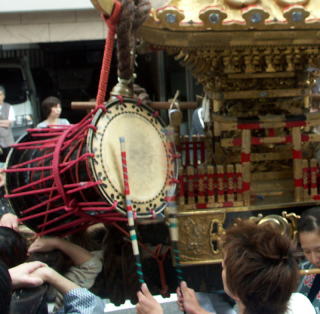 |
|
| more photos |
